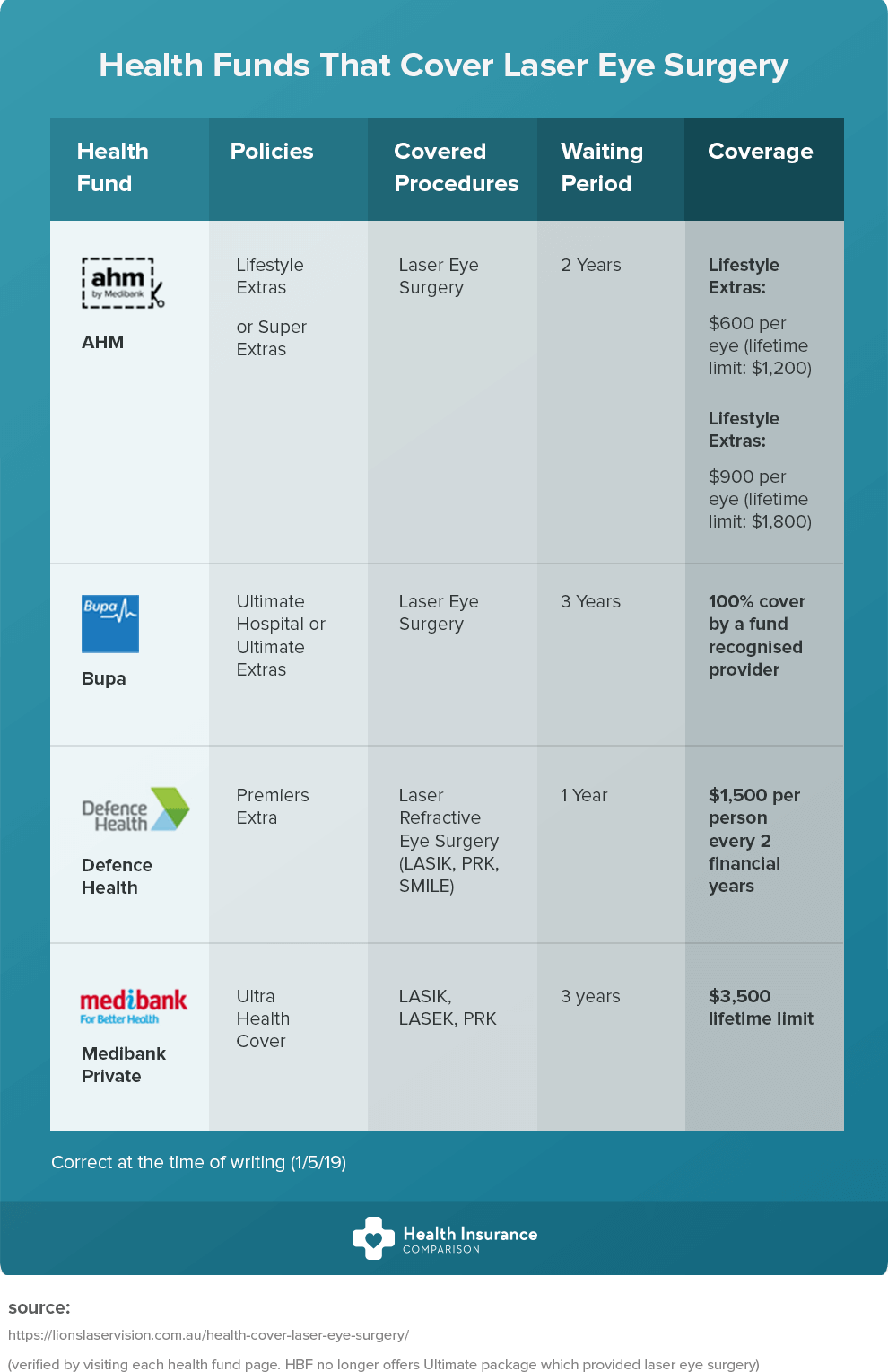If you have actually been thinking about SMILE eye surgical procedure, you could wonder how it compares to LASIK and PRK. Each procedure has its own set of benefits and factors to consider. From quicker healing times to prospective threats, there are key distinctions you ought to know before choosing. Understanding Top Eye Surgery Lv will certainly help you make an enlightened selection that straightens with your particular requirements and assumptions. Curious to recognize even more about how these procedures contrast carefully? Keep exploring to get a thorough understanding of SMILE, LASIK, and PRK.
SMILE Eye Surgical Treatment Review
If you're taking into consideration SMILE eye surgery, you'll discover it to be a minimally intrusive treatment with a quick recovery time. Throughout SMILE (Small Laceration Lenticule Removal), a laser is made use of to create a little, accurate cut in the cornea to get rid of a little piece of tissue, improving it to fix your vision. This differs from LASIK, where a flap is produced, and PRK, where the outer layer of the cornea is totally removed.
Among the vital advantages of SMILE is its minimally invasive nature, causing a faster recovery procedure and less discomfort post-surgery. The recovery time for SMILE is fairly fast, with several people experiencing improved vision within a day or two. This makes it a popular selection for those looking for a practical and effective vision correction procedure. Additionally, SMILE has been shown to have a lower threat of completely dry eye disorder contrasted to LASIK, making it a favorable alternative for people concerned regarding this potential negative effects.
Distinctions In Between SMILE, LASIK, and PRK
When contrasting SMILE, LASIK, and PRK eye surgeries, it is essential to recognize the distinct methods made use of in each treatment for vision improvement.
SMILE (Small Laceration Lenticule Extraction) is a minimally intrusive treatment that involves creating a little laceration to draw out a lenticule from the cornea, improving it to fix vision.
LASIK (Laser-Assisted Sitting Keratomileusis) involves developing a thin flap on the cornea, making use of a laser to improve the underlying tissue, and afterwards rearranging the flap.
PRK (Photorefractive Keratectomy) eliminates the outer layer of the cornea before reshaping the cells with a laser.
The major difference depends on the means the cornea is accessed and dealt with. SMILE is flapless, making it an excellent alternative for people with thin corneas or those involved in get in touch with sporting activities. LASIK offers quick visual recuperation because of the flap development, yet it might pose a greater threat of flap-related difficulties. PRK, although having a much longer healing duration, prevents flap-related issues completely.
Comprehending these variances is vital in picking one of the most suitable procedure for your vision improvement requirements.
Advantages And Disadvantages Contrast
To evaluate the advantages and disadvantages of SMILE, LASIK, and PRK eye surgical treatments, it's important to think about the particular benefits and prospective restrictions of each treatment. SMILE surgical procedure offers the advantage of a minimally invasive treatment, with a smaller sized incision and possibly quicker recovery time contrasted to LASIK and PRK. Does Insurance Cover LASIK lowers the danger of completely dry eye post-surgery, a typical side effect of LASIK. However, SMILE may have constraints in dealing with higher degrees of myopia or astigmatism compared to LASIK.
LASIK surgical treatment gives fast visual healing and very little pain throughout the procedure. Laser Correction 's extremely reliable in dealing with a vast array of refractive errors, consisting of myopia, hyperopia, and astigmatism. Yet, LASIK lugs a threat of flap issues, which can impact the corneal framework.
PRK eye surgery, while not as prominent as LASIK, avoids developing a corneal flap, lowering the risk of flap-related difficulties. It's suitable for people with slim corneas or irregular corneal surface areas. However, PRK has a longer healing time and might involve extra pain during the recovery procedure.
Conclusion
So, when it involves selecting between SMILE, LASIK, and PRK, think about it like picking the ideal set of shoes. SMILE resembles a smooth, comfy pair of sneakers - quick and simple.
LASIK is a lot more like fashionable high heels - showy and fast, yet with some potential threats.
PRK is like strong treking boots - trustworthy and resilient, but needing a bit even more effort and time.
Ultimately, the most effective option depends on your specific demands and choices.
